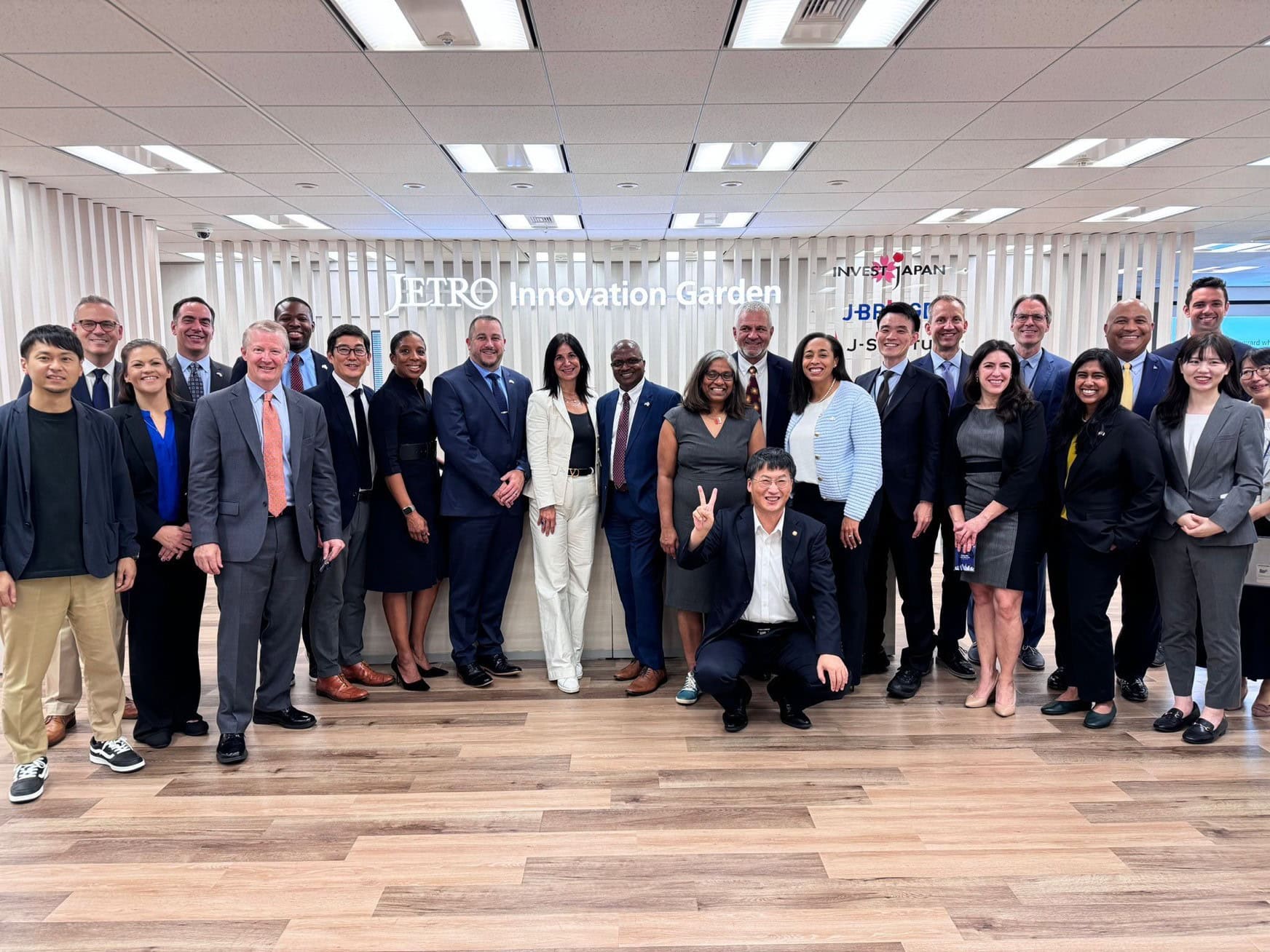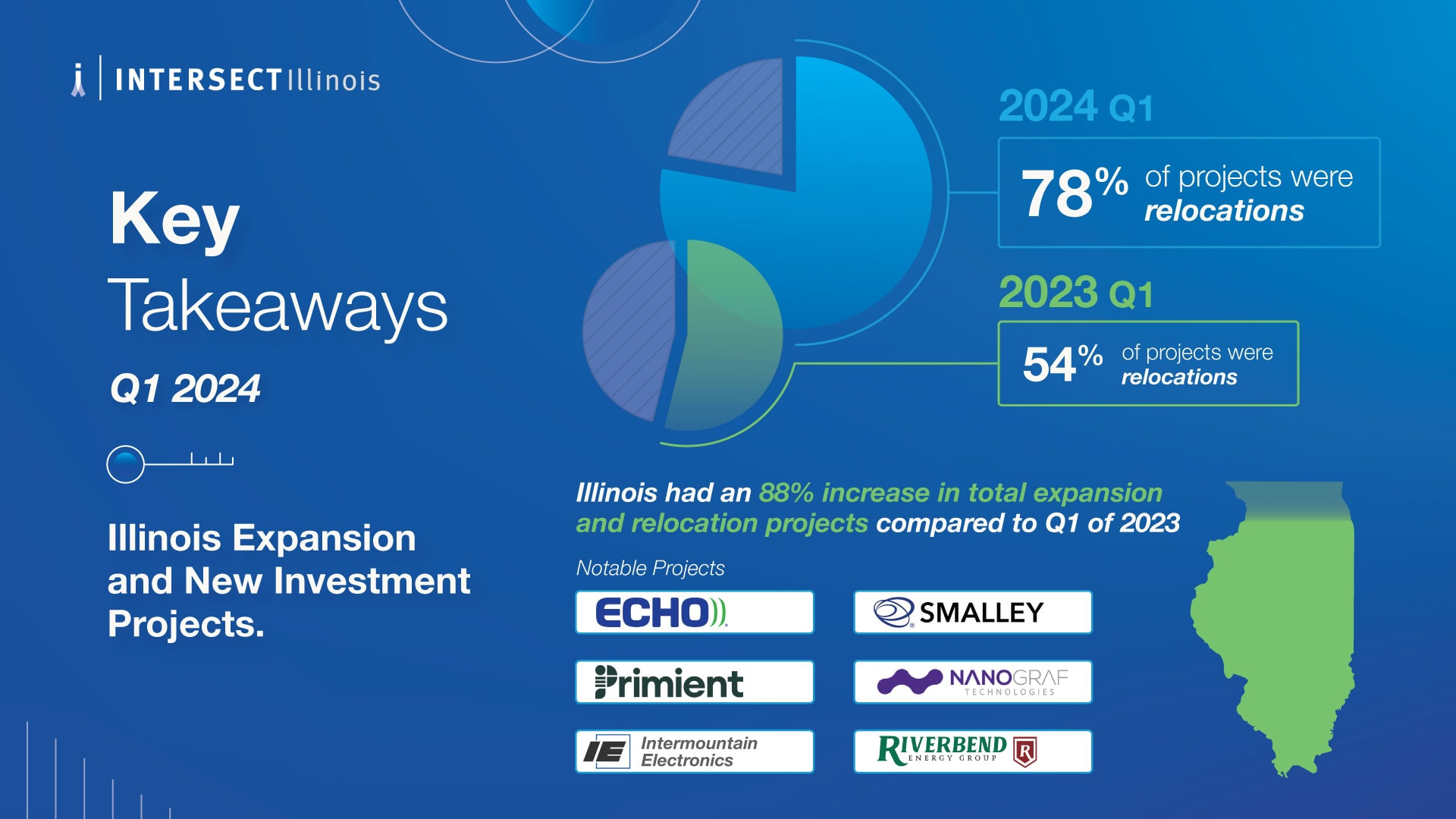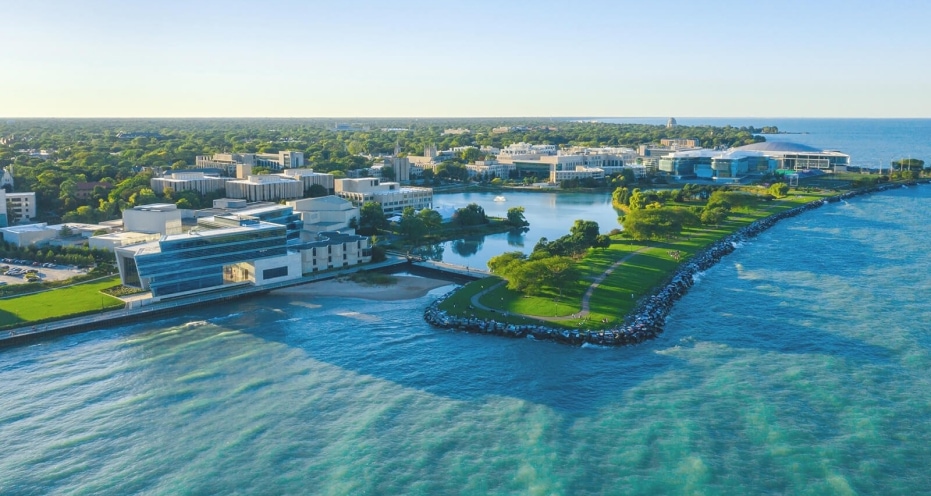Building The Sodium Shoreline: Why We Chose Chicago for Battery R&D
By Spencer Gore, CEO, Bedrock Materials / July 17, 2024

For years, Silicon Valley was the obvious location choice for any deep technology company, particularly one focused on something as capital intense as battery science. The reason? Money. Developing physical products is expensive, and 40% of all venture capital is invested within thirty miles of Palo Alto. Entrepreneurs left the region, and its network of deep-pocketed investors, at their own peril.
Yet for all its benefits, the Bay Area is now overshadowed by a cost of living crisis decades in the making. Last month, the average cost of a home in Mountain View exceeded $2 million. This makes it largely impossible for even highly trained scientists to ever own modest homes in safe neighborhoods and good school districts. This new reality undermines a company’s ability to attract and retain talent in the region that has for so long uniquely supported them.
I experienced this first-hand at my previous company, Impossible Aerospace. Our Silicon Valley location was meant to attract top talent, but instead, we struggled to recruit mid-career engineers and scientists. The few senior executives we hired all lived outside of the region and flew in for the work week.
Meanwhile, the employees we did attract all shared a financial anxiety around perpetual renting. The stock options we issued did little to ease their concerns. One employee, fed up with local rents, even moved into a shipping container behind our building.
This reality has perpetuated an unfortunate stereotype: that startups are the exclusive domain of young, single employees living with roommates or senior talent lucky enough to have bought a home twenty years ago.
No better served by this status quo are investors, who pay higher valuations and write bigger checks to indirectly prop up the Bay Area housing market. (Many of them, now comfortable working over Zoom, have already fled the region themselves.)
When Rafael and I founded Bedrock materials, we knew that we would never be able to attract the best talent unless we could offer a great life for mid career professionals and their young families. And we knew that to maximize returns for our investors, we would need to be efficient with the capital we raised. That’s why we started looking beyond the region at potential alternatives to Silicon Valley that could attract and retain extraordinary talent at a more competitive cost.
We looked at several of the obvious choices:
- Boston? Too expensive.
- Reno? Too small.
- Austin? Close, but buckling under inadequate infrastructure.
And then, we came across one city which seemed to offer everything we were looking for: Chicago.
The Best Kept Secret in the Battery Industry
To onlookers, Chicago seemed an unexpected pivot, as its startup scene is considerably smaller than major tech hubs. Yet it is a city with a rich history of energy innovation. It was here that eighty years ago, under the threat of fascism, the world’s top physicists created the first atomic chain reaction under the leadership of Enrico Fermi. Shortly thereafter, these scientists were given a proper 1500 acre facility located on twenty-file miles southwest of the city center: Argonne National Laboratory.
After the war, the Department of Energy began research into peaceful uses of nuclear energy and made Argonne its very first federally funded research institution. And over the decades that followed, the laboratory’s scope increased to include many other energy technologies, including fuel cells, renewables, and batteries. Today, it is the Department of Energy’s flagship battery materials research institution and employs hundreds of the nation’s brightest battery scientists, including leaders in sodium-ion technology like Christopher Johnson and Khalil Amine.
It was here, in the outskirts of Chicago, that the NMC cathode system was invented and perfected – the battery technology powering today’s electric cars. Many of the scientists responsible for that discovery remain with the laboratory today, hard at work on next generation battery technology.
Beyond Argonne’s borders lives some of the strongest materials science talent in the country. Northwestern University and the University of Illinois Urbana Champaign regularly trade places with Stanford and Berkeley as some of the nation’s top materials science graduate programs. Breakthrough battery research, funded by ARPA-E, is also conducted at the Illinois Institute of Technology and University of Illinois at Chicago. Most notably, the University of Chicago entered the fray by hiring a battery superstar, Professor Shirley Meng. Her laboratory, LESC, is renowned for generating some of the most in-demand graduates in the industry.
These institutions provide unprecedented access for an early stage materials startup. Chicagoland’s universities and labs offer access to twenty three X-ray diffractometers and thirty-two electron microscopes (for reference, at Stanford, we had access to nine.)
Complementing this materials R&D infrastructure is a thriving startup scene for hardware innovation. Nestled between Fulton Market and the Kinzie Industrial Corridor is mHUB, a $51 million hardware technology incubator home to over 500 active and alumni hardware companies. Its low cost membership provides access to $6 million in prototyping equipment, a community of over 1,000 innovators, and direct access to Chicago’s venture capital scene. (Side note: mHUB is now Bedrock Materials’ home in Chicago!)
Chicago’s legacy as a manufacturing titan also provides infrastructure to which few cities can hold a candle. Situated at a rail hub and on the Great Lakes watershed, it is an intermodal transport phenomenon. Chicago O’Hare airport is the most connected international airport of any in the world, bar none, with 249 direct flight destinations. Public transportation in the city is cheap, effective, and on time. Electricity is reliable, affordable, and today over 50% carbon-free thanks to the nation’s largest fleet of nuclear power plants. And its 1.1 billion square feet of industrial real estate averages $7.90 per square foot – about 60% less than Silicon Valley.
These reasons, along with a highly supportive state government, are why major EV battery players including Gotion, Rivian and Lion Electric are locating in Illinois.
We concluded Chicago could work for our company. But could it work for our families?
The Most Livable City in America
Of all the cities we considered, Chicago was the option that we felt offered our employees the best possible quality of life across a wide range of factors.
For starters, its housing market allows employees the opportunity to own homes early in their careers without being born into generational wealth. The average price of a home in Chicago is $375,000, easily affordable on a scientist’s salary.
Yet for a lower-cost region, Chicago offers nearly unparalleled professional opportunity. With the most diverse economy in the United States, the city offers a wealth of opportunity in finance, consulting, academia, manufacturing, government, and technology.
Urbanites looking for exploration can relish in the city’s 82 museums, over 200 live theatres, and world-class stand-up comedy venues that are spread across over 178 unique neighborhoods served by effective public transportation. Foodies can enjoy the city’s abundant Michelin starred restaurants. Nightlife enthusiasts can enjoy a range of offerings from exquisite craft cocktail venues to nightclubs. Sports fans, too, can enjoy city teams for every major sport.
Families seeking a quiet life, on the other hand, can rest easy knowing that Chicago’s suburbs are among the safest communities in America. The region boasts unbeatable public schools, including four of the five top-ranked public school districts nationally.
Building the Arsenal of Energy
At Bedrock Materials, we are proud to play into the greater story of American dynamism and the re-emergence of a nation as a manufacturing powerhouse. We are proud to roll up our sleeves and help reindustrialize the Midwest, and we have been honored to receive support from the State of Illinois to do just that.
Eighty years ago, the scientists who converged at the University of Chicago made discoveries that directly enabled the atomic bomb, and the world as we know it was changed forever. Those scientists invented a weapon of ultimate destruction because of the fate of a nation and way of life was at stake.
Today, we are in a new war, but this time, against the greenhouse gas emissions. Our window of opportunity to prevail is perilously short. In this conflict, we will prevail not through bombs, but through batteries. Gigafactories are now our great arsenals. To outproduce the enemy, they must supply the front lines with 200 terawatt-hours of storage by 2035; two orders of magnitude above today’s cumulative total of 4.
Our most urgent task is therefore to supply these arsenals with the breathtaking scales of active materials they need to ramp production.
Rafael and I founded Bedrock Materials because it became clear to us that lithium-ion is no longer enough; we must now expand the supply to include sodium-ion, its earth abundant cousin. Our mission is to rapidly mature, commercialize and scale up this supplementary technology for wartime battery production.
We therefore now invite the world’s scientists to once again join us in Chicago: this time, to invent a battery technology to save the world.
And if that sounds like you, we look forward to welcoming you to the Sodium Shoreline.
Spencer Gore is CEO of Bedrock Materials, a startup company developing materials/manufacturing technology that enables domestic manufacturing of low cost sodium-ion batteries. Originally published on LinkedIn, May 16, 2024.



